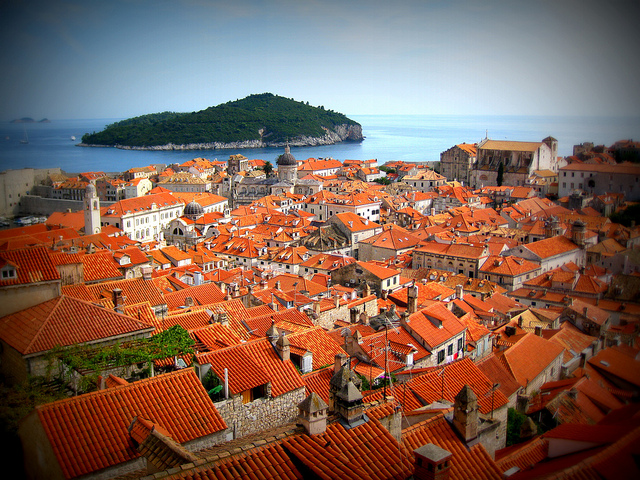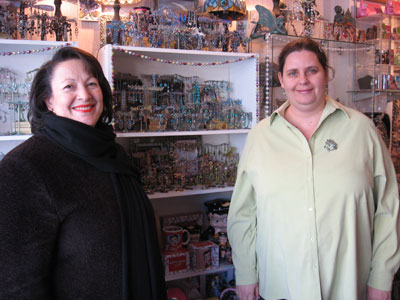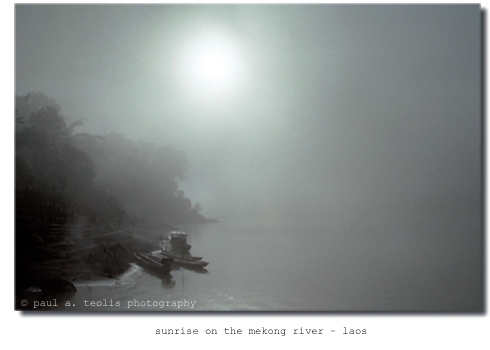In one of my searches on the Internet about interesting travel websites I found a site on sea kayaking in the Adriatic. I contacted the webmaster to do a mutual link exchange and upon further investigation, I asked Ivana, one of the founders of the website, to actually do an interview with me. As you will see, she is an expert on Croatia and a pretty interesting individual herself.
Ivana Grzetic was born and raised in Dubrovnik in a “crazy about the sea” family of scuba divers and sea kayakers. She is a graduate of ACMT (American College of Management and Technology) in Dubrovnik.
As Miss Universe Croatia 1998 and a fashion model, Ivana traveled all over the world, including Hawaii, California, Hong Kong, China, South Korea and Europe. She now looks forward to sharing her knowledge and love of the Dubrovnik region and the sea with international visitors.
In 2003, Ivana Grzetic and Edi Brkic founded Adriatic Sea Kayaking. Their mission is to offer Dubrovnik visitors an opportunity to experience and explore the Dalmatian coast, Elafiti islands, the Mediterranean waters, and the region’s history and culture in a safe, healthy, active way. Adriatic Sea Kayaking offers top quality active excursions that celebrate the region’s natural beauty and cultural heritage with minimal negative environmental impact.

1. Please tell us a bit about Croatia, its location, its landscapes, cities and history.
Croatia is situated in the middle of Europe, between Italy, Hungary, Slovenia and Bosnia. Although this country has only 4,7 million inhabitants, it has three completely different regions: costal, continental and mountain. Perhaps the most attractive one is costal, Mediterranean Croatia – the land of islands. Namely, in this part of Croatia there are 1185 islands!
The most attractive town in Croatia is Dubrovnik (50,000 inhabitants), situated at the southern part of Croatian coast. Surrounded with majestic almost 2km long City Walls, this town is a part of World Heritage. Among many attractions there are: Rector’s Palace-once a seat of Dubrovnik’s Government, Franciscan Monastery with 3rd oldest pharmacy in Europe and lovely Romanesque -Gothic cloister, baroque Cathedral, St. Blaze’s Church, 2nd oldest Synagogue in Europe, Jesuit church with small version of ‘Spanish Steps’.
Dubrovnik has the most amazing history: for almost 5 centuries it was an independent republic (1358-1808), which had its own government and the Rector- who was the head of the Republic. During that period Dubrovnik was one of the richest towns and one of the most powerful commercial centers in Europe.
2. Please tell us about the transport connections to Croatia. How does one get to Croatia?
Croatia has 3 international airports: Zagreb, Split and Dubrovnik. Zagreb is well connected with most European countries year round. During the season (April – October) there are direct charter flights from UK, Ireland, Sweden, Norway, Italy, Germany, France, Spain and many other European countries to Dubrovnik and Split.
Dubrovnik has direct ferry lines with Bari and Ortona in Italy, while Split and Zadar are well connected with Ancona and Pescara (Italy). Highway construction between Zagreb-Dubrovnik is in process, and at the moment we have a highway from Zagreb to Sibenik (80 km north of Split). There is a local road from Sibenik to Split and Dubrovnik (Dubrovnik is 220km southern from Split)
3. Please comment on the accommodation options in Croatia (eg. hotels, motels, apartment rentals, bed and breakfasts, camping, etc.)
Croatia offers a variety of accommodation options: camps, private rooms, private apartments, hostels and hotels. There are many good campsites on the coast. However, wild camping is not allowed, especially on the islands. Private accommodation is gaining in popularity and can be booked over the Internet. Booking private accommodation, you usually book only overnight since most of private accommodation owners do not offer breakfast and other meals. Hotels have very good standards. Those mainly offer breakfast included, although you can find some that offer all-inclusive programs.
4. What are the major tourist areas in Croatia? What type of activities are there for travellers?
The main tourist area in Croatia is its costal part, which could be divided into 2 main regions: Istria-at the northern part, with towns: Rovinj, Umag, Porec and Dalmatia at the southern part of Croatian coast, with towns: Dubrovnik, Split, Sibenik, Zadar, Makarska and islands: Brac, Hvar, Korcula, Mljet, Pag. Two largest towns along the Croatian coast are Split and Rijeka. Both have a population under 300,000. The island of Pag is a great party place, ideal for young people. Istrian and Dalmatian towns offer a range of opportunities for tourists: from cultural sightseeing to fine dining, nightlife, and day activities: sea kayaking, diving, sailing. In Dubrovnik region, apart from sea kayaking, diving and sailing, there are very interesting horseback riding, jeep safari and wine tasting tours.
3. What is the weather like in Croatia? What times of year are best to go to Croatia?
Croatia is a country of three different climates: continental-on the north, mountain – in middle of Croatia and Mediterranean in its costal part. At the costal part of Croatia summers are long, dry and hot while winters are mild and humid, with lots of rain. The best period to come to Croatia is a period from early April to mid-October. If you are coming for the sea, June, July, August and September are best. However, during July and August Croatia gets very crowded.




